[photo] what details do you need to pay attention to to make coffee sweet? Roasting degree and characteristics of coffee beans
Last time we looked at the effects of the development phase on coffee flavor in coffee roasting. The longer it takes to develop, the deeper the roast of the coffee will be. And in this lesson, we're going to look at how the rest period affects coffee throughout the roasting process.
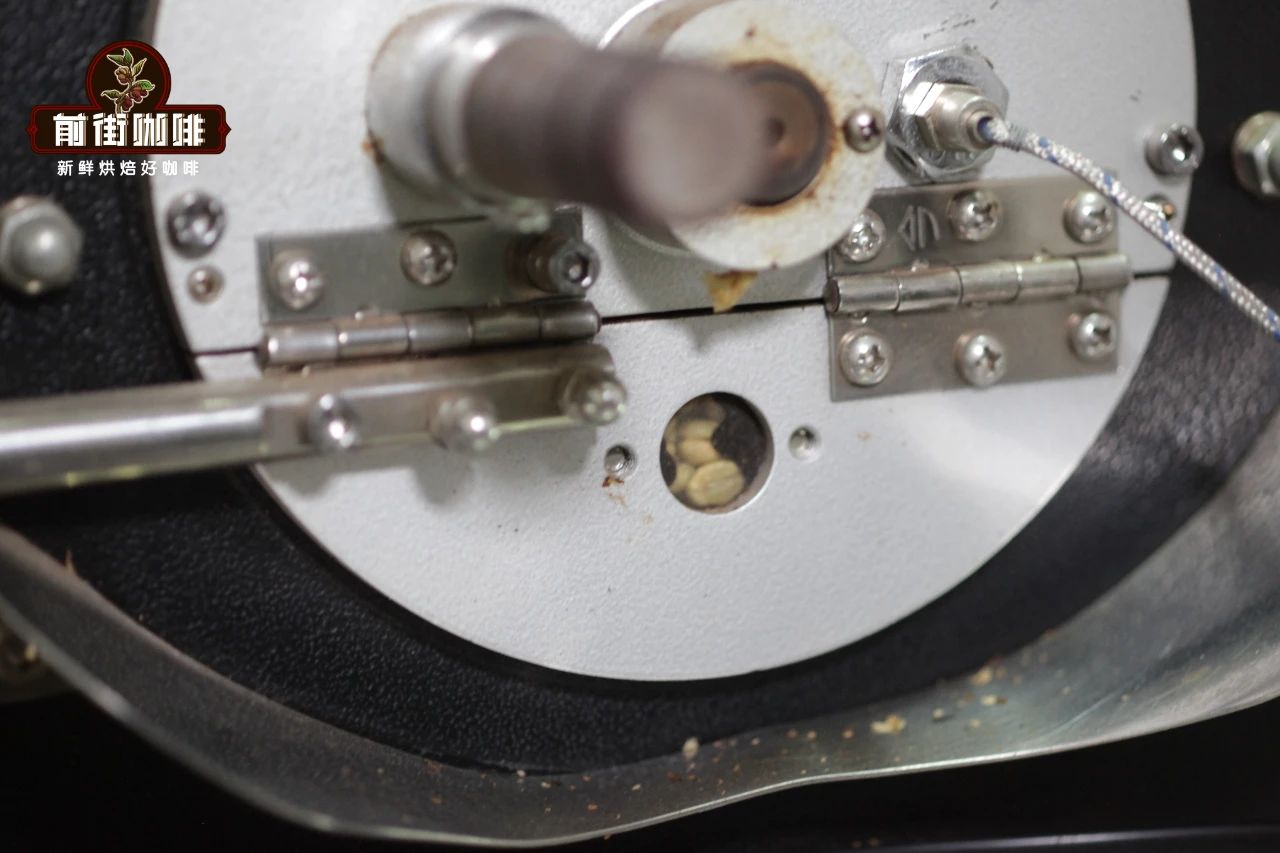
Let's review what a relay period is.
The intermediate stage is the time between the yellow point and the first explosion, during which the coffee beans change from yellow to brown or light brown, the beans begin to release steam and expand, and release pleasant aromas such as roasted corn and toast through the Mena reaction.
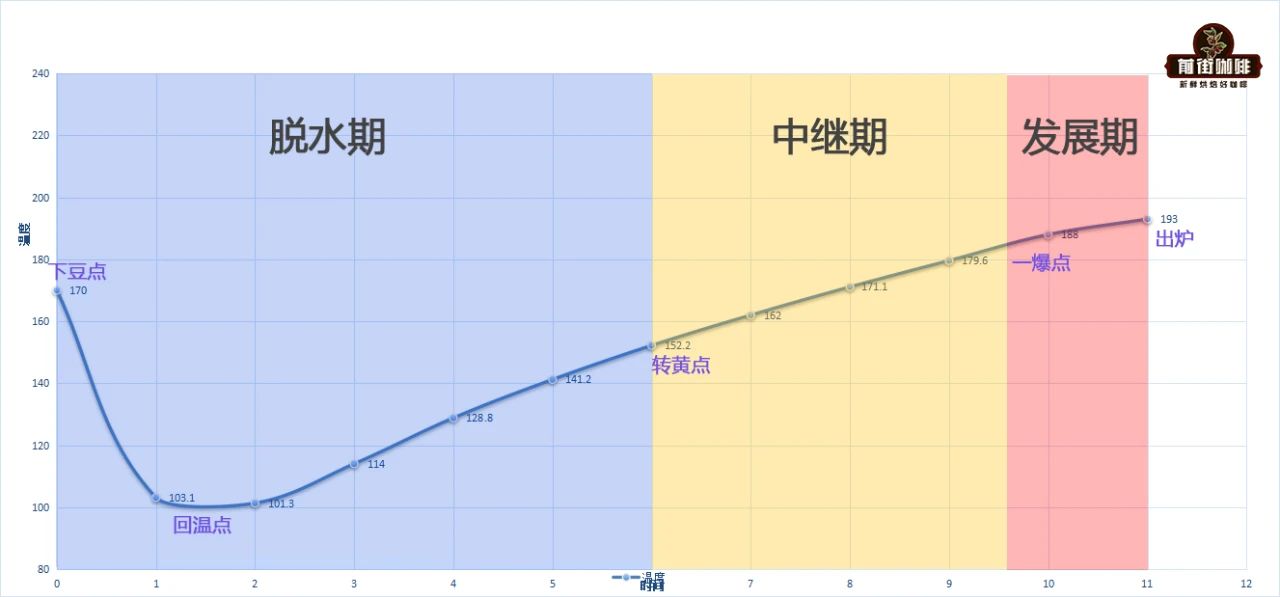
In this stage of the relay period, the expansion of the coffee beans will cause a large number of silver skin attached to its body to fall off, as well as smoke, so this stage should open the appropriate damper to extract smoke and silver skin. If the damper at this stage is too small, it can cause smoky coffee beans.
The relay period is the key to producing coffee sweetness
Coffee changes color from cyan to yellow when dehydrated, and browning begins when heated. The Menard reaction converts sugars into flavors and acids. When the roasting temperature reaches 171 ° C, the coffee beans turn brown, and the caramelization reaction begins. Since the caramelization reaction breaks down the sugars, the Menard reaction becomes slow during this period (171 ° C-before explosion). Caramelization and Menard reactions during this period result in coffee flavors such as fruit, sucrose (sugar), and so on.
Well, I believe everyone is confused about the words [Mena][caramelization], so let's have a simple baking experiment on the front street to explain it to everyone.
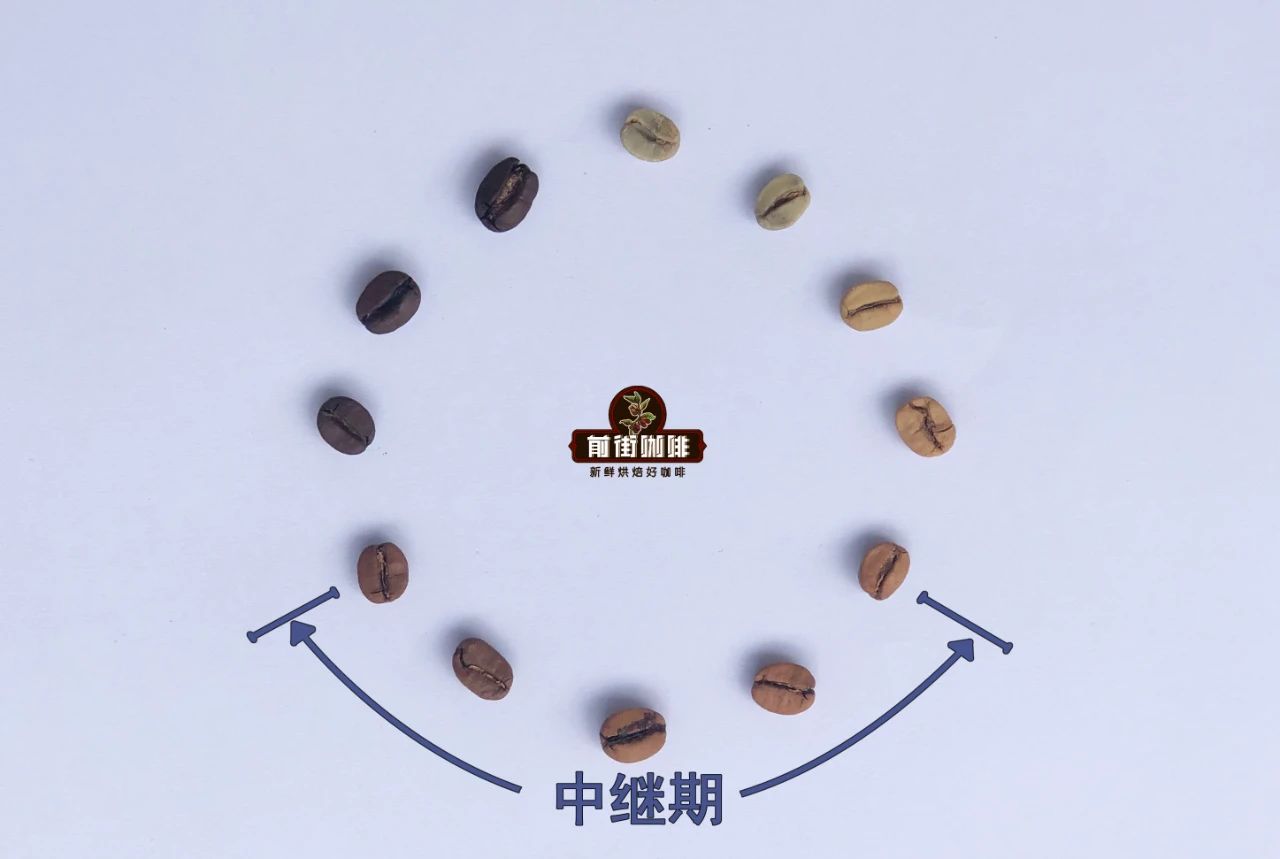
Take the former street roasting Brazilian red bourbon as an example, use Yangjia 800N semi-direct fire roaster to demonstrate, this coffee bean temperature is 155℃, 7 minutes (153℃) turn yellow, that is, enter the relay period, and the temperature at the beginning of the explosion is about 181-183℃. During this period, we carried out four kinds of operations: ① slightly increase the firepower, increase the temperature range, and shorten the relay period;② keep the firepower unchanged;③ slightly reduce the firepower, and prolong the relay period; and ④ greatly reduce the firepower, and prolong the relay period.
However, the development time after explosion and the temperature after explosion remain unchanged.
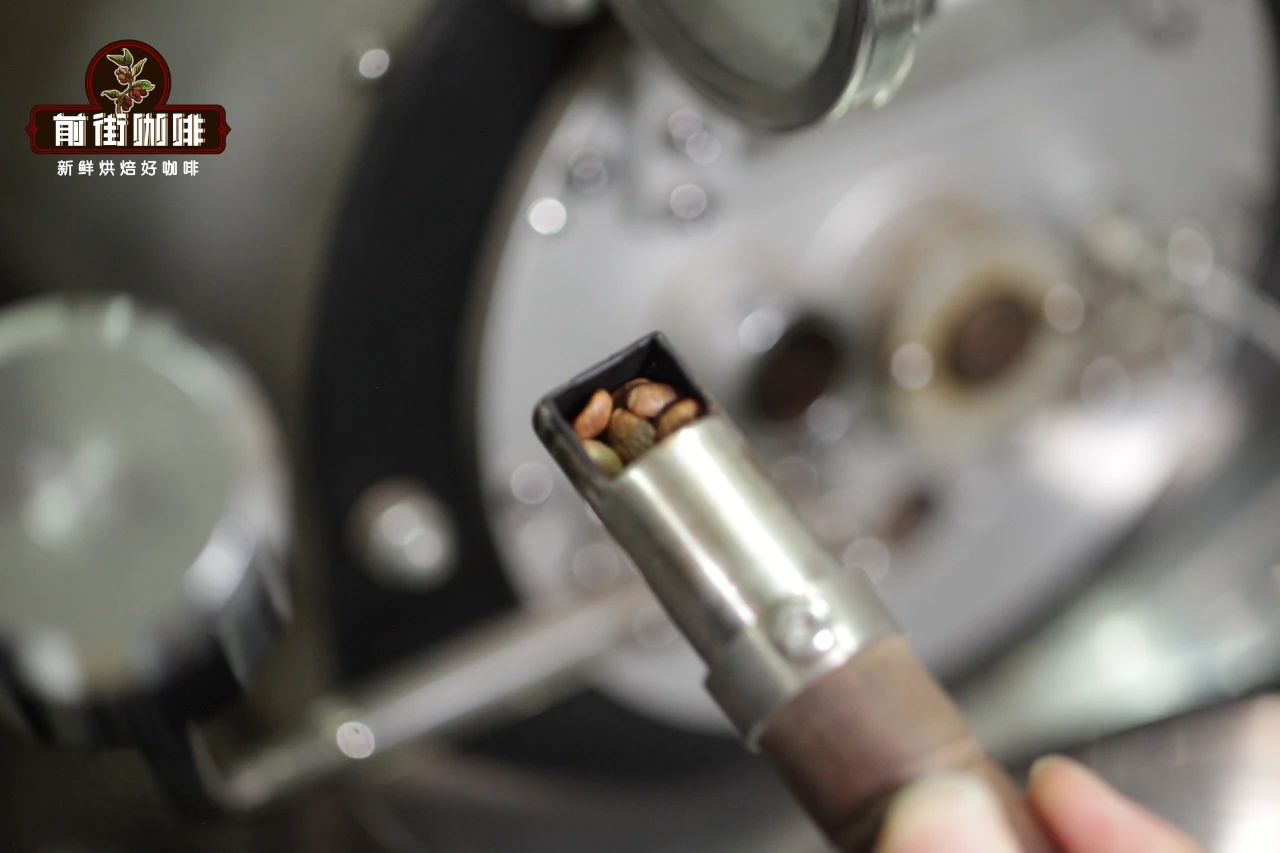
The results and flavor feedback after actual baking are:
(1) The time of yellowing point is 7 ′ 00 (152.8℃), the time of first explosion is 9 ′ 02 (184℃), and the duration of relay period is 2 ′ 02.
Flavor feedback: flat flavor, micro-acidity, peanut shell, almond
(2) Yellowing point time is 7 ′ 03 (153.2℃), first explosion start time is 9 ′ 30 (183℃), relay period is 2 ′ 27.
Flavor feedback: nuts, sucrose, microacids, chocolate
(3) The time of yellow transition is 7 ′ 08 (153.4℃), the time of first explosion is 10 ′ 09 (183℃), and the duration of relay period is 3 ′ 01.
Flavor feedback: Nutty, caramel, chocolate, sweet
4. The time of turning yellow is 6 ′ 55 (153℃), the time of first explosion is 10 ′ 45 (181.5℃), and the duration of relay period is 3 ′ 50.
Flavor feedback: Nuts, melon seeds, dark chocolate, burnt bitterness
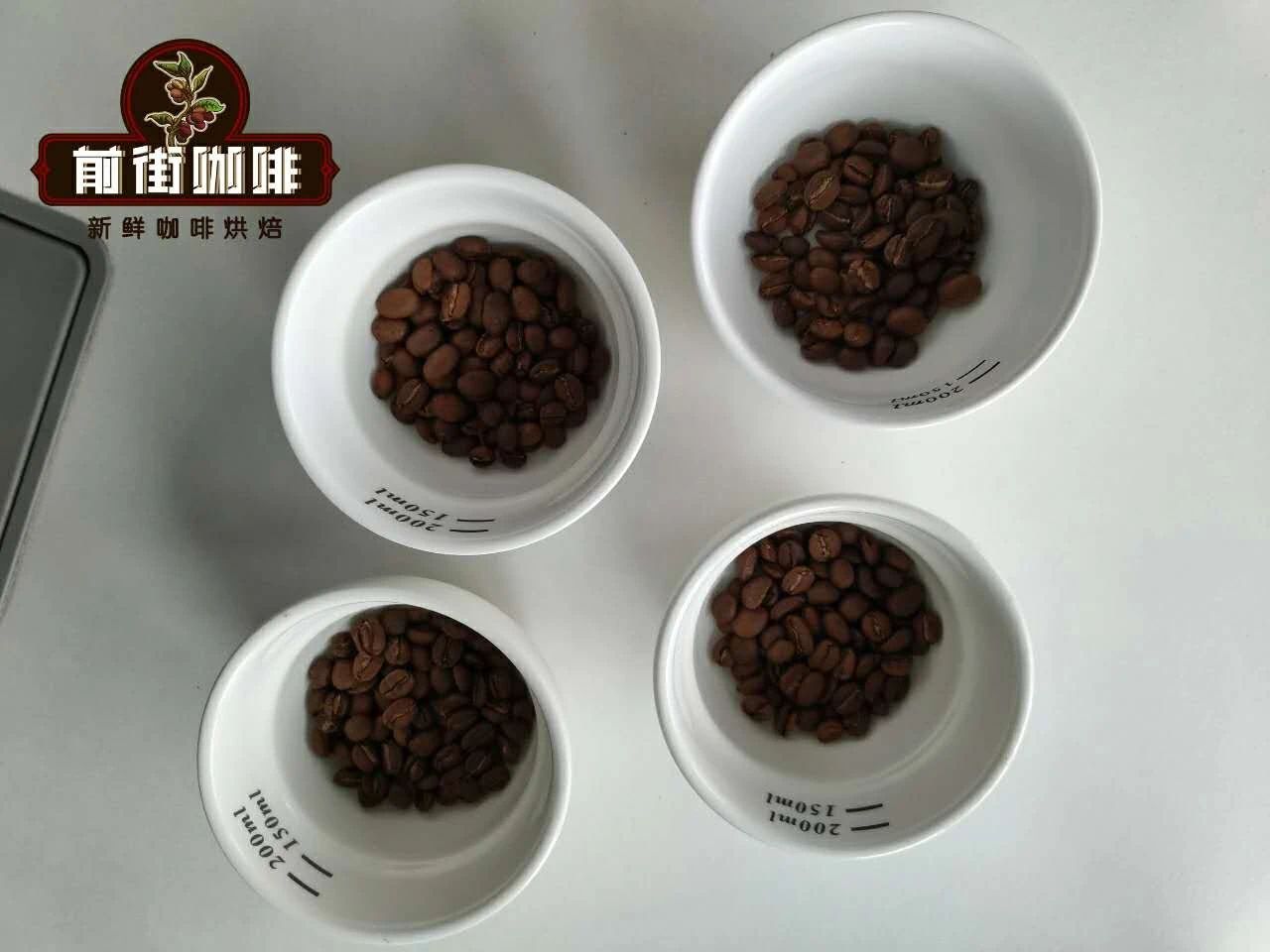
This roast comparison shows that Brazilian Red Bourbon has a short transit period and a short caramelization reaction time, making the flavor bland and bland. However, too long a relay period will make the caramelization reaction too long, resulting in burnt bitterness. If the relay period of this bean is controlled at about 3 minutes, the overall flavor and sweetness can be exerted.
Appropriate extension of the relay period can highlight the sweetness of coffee beans.
So are all coffee beans suitable for extended relay period to increase the sweetness of coffee? Let's review the process of relay period again
[When the temperature of coffee beans reaches 151-157℃, they will turn yellow, and then they will begin to expand and produce Mena reaction, so that the sugars in coffee beans will begin to be converted into aroma substances and acids. When the roasting temperature reaches 171℃, the coffee beans turn brown, and the caramelization reaction begins, and charred sugars appear.]
The longer the time between 171℃ and the first explosion, the more obvious the caramel and nut tonality will be.
For example, a 3-minute relay period for a fruity Yerga Sherffy coffee bean will make the sugar substance appear sweet, but it will eliminate the relaxing citrus acid, and it will most likely be accompanied by a bitter end of the nut. The relay period is controlled at about 2 minutes and 30 seconds. The acidity and sweetness of Yejia Xuefei blend well together, showing sour and sweet taste.
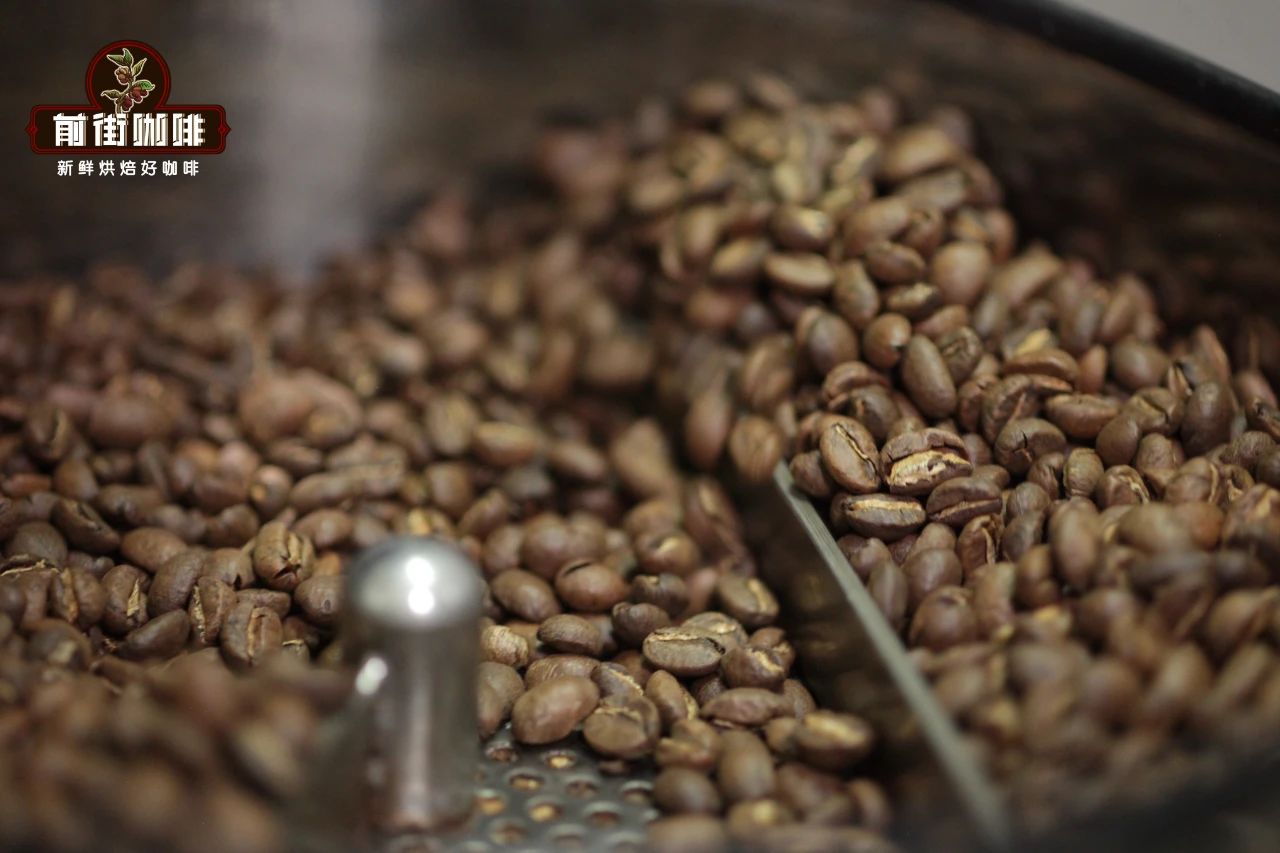
[Test points] When roasting coffee, enter the relay stage to ensure that the damper is opened wide and the smoke is extracted. There is no optimal length of the relay period, depending on how you want to express the bean, and a longer relay period can improve the sweetness of the coffee. However, in order to highlight the excellent acid quality of coffee, it is necessary to control the duration of the relay period and shorten the duration of the caramelization reaction.
Important Notice :
前街咖啡 FrontStreet Coffee has moved to new addredd:
FrontStreet Coffee Address: 315,Donghua East Road,GuangZhou
Tel:020 38364473
- Prev

[photo] what kind of coffee is Riestriot? What is the difference between espresso and espresso ristretto?
We are very familiar with Espresso espresso, which is the coffee base for making American coffee and latte that we drink every day. While Ristretto is relatively unfamiliar, we will talk about Ristretto coffee in front of this article. Ristret
- Next
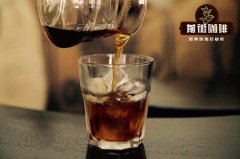
What does it take to be a barista? What does the barista do besides making coffee?
Professional coffee knowledge exchange more coffee bean information please follow the coffee workshop (Wechat official account cafe_style) late at night browse moments, always brush to those lovely coffee people around the soul torture: what is the mysterious force that controls me to wash cups all the time? The point is that even if I can't finish it, I still feel very happy! I guess everyone will be right
Related
- Beginners will see the "Coffee pull flower" guide!
- What is the difference between ice blog purified milk and ordinary milk coffee?
- Why is the Philippines the largest producer of crops in Liberia?
- For coffee extraction, should the fine powder be retained?
- How does extracted espresso fill pressed powder? How much strength does it take to press the powder?
- How to make jasmine cold extract coffee? Is the jasmine + latte good?
- Will this little toy really make the coffee taste better? How does Lily Drip affect coffee extraction?
- Will the action of slapping the filter cup also affect coffee extraction?
- What's the difference between powder-to-water ratio and powder-to-liquid ratio?
- What is the Ethiopian local species? What does it have to do with Heirloom native species?

